
These are the peace agreements that Trump signed during his first 6 months (13.2 pounds) as president.
During his second term as president, Donald Trump has achieved multiple peace agreements and holds great expectations for achieving world peace
During his second term, Donald Trumphas demonstrated remarkable efficiency in promoting peace agreements at a global level, achieving concrete progress in historic conflicts such as Armenia-Azerbaijan, India-Pakistan, and Congo-Rwanda.
His pragmatic approach, focused on direct negotiation and the strategic use of economic incentives, has caused rapid results, including treaties signed at the White House and the creation of transit corridors under U.S. supervision.
Although his style has been questioned for its unilateralism and limited inclusion of traditional allies, Trump has managed to reposition the United States as a decisive actor in peace processes.
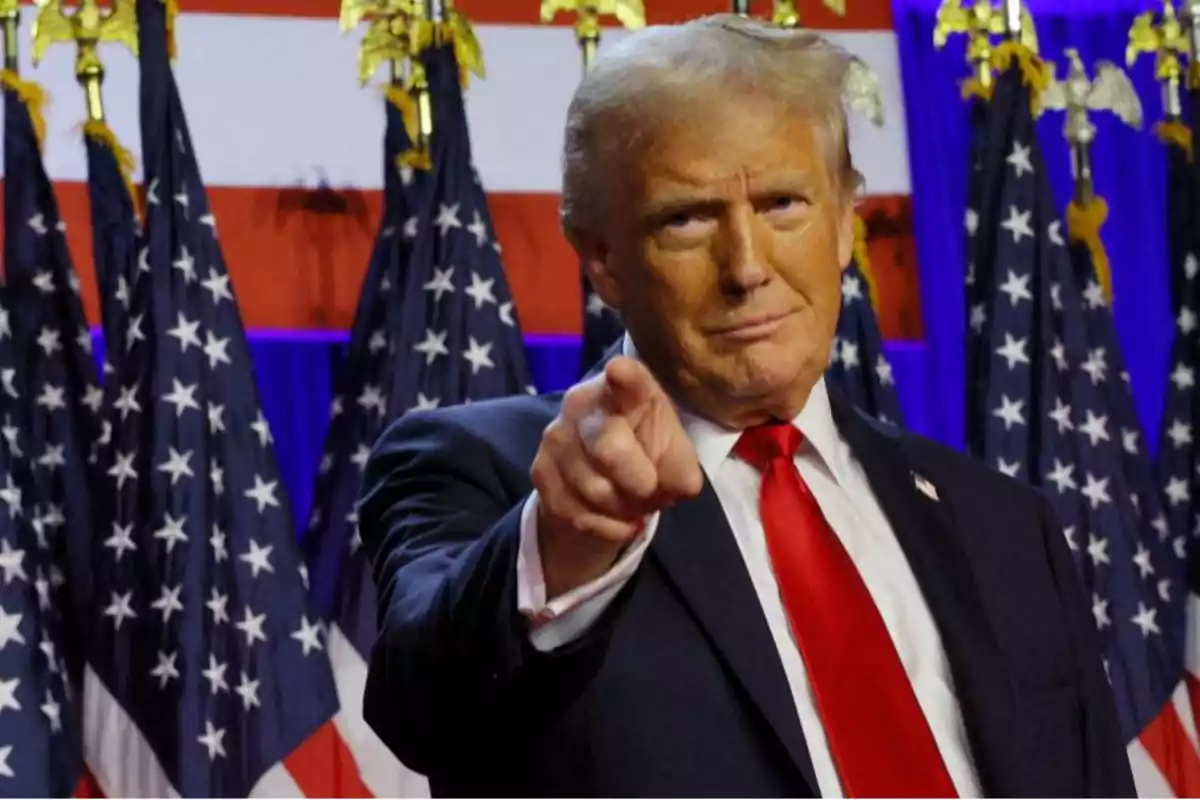
The agreement between Armenia and Azerbaijan
The peace agreement between Armenia and Azerbaijan, signed last Friday, August 8 at the White House, represents one of the greatest diplomatic achievements of Donald Trump's second term.
After decades of conflict over the Nagorno-Karabakh region, both nations agreed to a definitive border delimitation, mutual recognition of sovereignty, and an end to hostilities.
As part of the treaty, a 44-kilometer (27.3-mile) transit corridor was established named "Trump Route for International Peace and Prosperity," which will connect Azerbaijan with its Nakhchivan enclave, administered by the United States for 99 years. This agreement also replaces the Minsk process, traditionally led by Russia, weakening Putin's influence in the region.
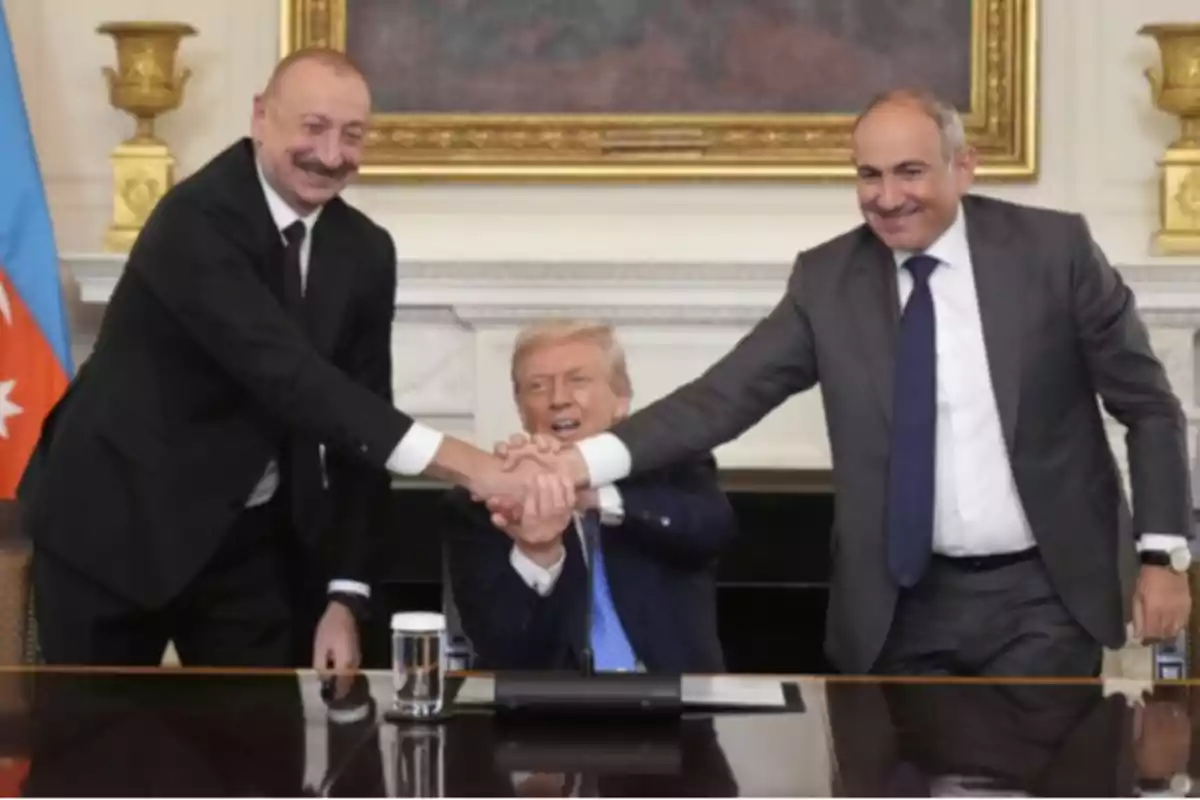
Efficient peace after the brief outbreak between Thailand and Cambodia.
During July, Trump announced a preliminary ceasefire agreement between Thailand and Cambodia, after weeks of military tensions on their shared border. Although a formal treaty was not signed, both governments agreed to establish direct talks under international supervision, with the United States as facilitator.
Trump linked the start of dialogue to possible trade benefits and cooperation in infrastructure, noting that regional stability was a key condition for future economic agreements with the United States.
The announcement came after a series of intensive diplomatic contacts promoted by the White House and was presented as part of Trump's effort to project his influence in Southeast Asia. As a result of this push, both parties agreed to freeze military maneuvers and reduce their presence in the disputed border areas, which eased tensions.
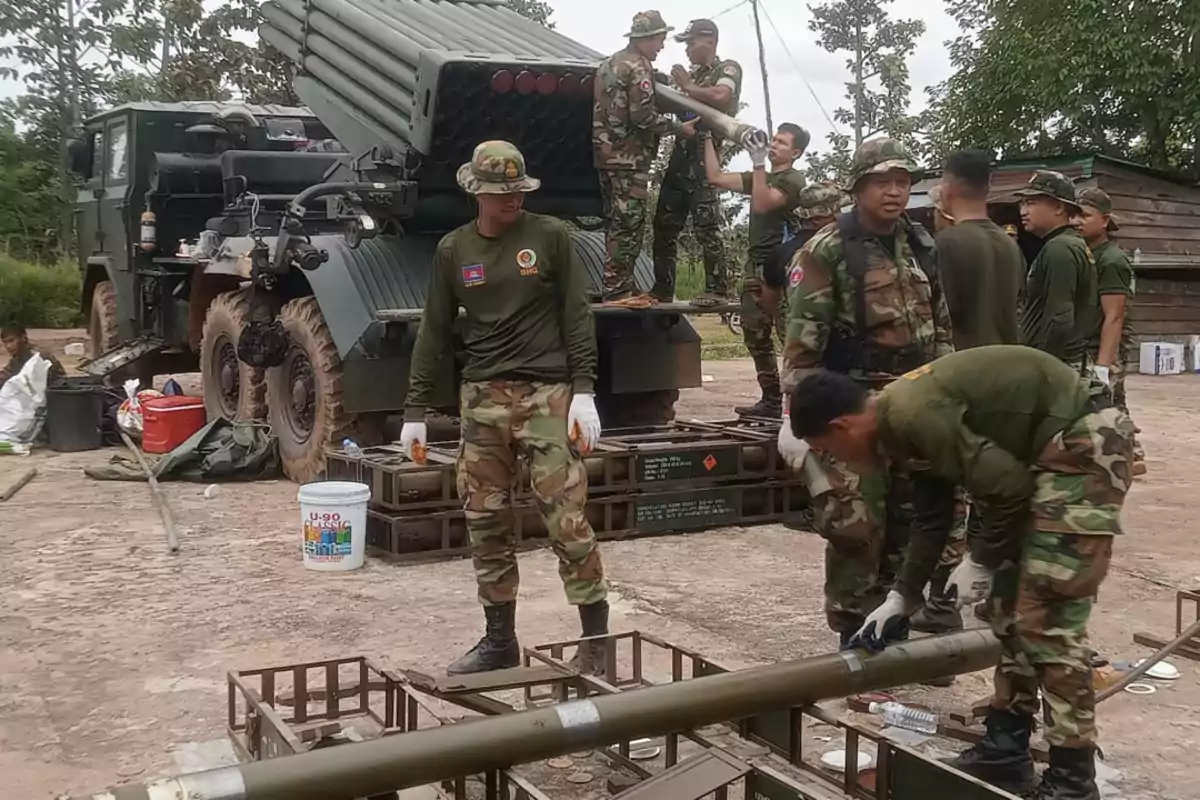
The quiet agreement that ends a historic conflict: Congo and Rwanda
On June 27, 2025, under the direct mediation of President Trump, the Democratic Republic of the Congo and Rwanda signed at the White House a historic peace agreement to end the armed conflict in eastern Congo.
The treaty, known as the "Washington Agreement," establishes the total withdrawal of Rwandan troops within 90 days and the commitment of the Congolese government to cease its support for rebel groups such as the Democratic Forces for the Liberation of Rwanda (FDLR). In addition, the creation of a joint commission to monitor border security was agreed upon.
The peace process will be monitored by U.S. and Qatari observers. This agreement marks an endpoint in a war that has displaced millions and caused tens of thousands of deaths. Trump's intervention was key to unlocking years of diplomatic stagnation and once again places the United States as a central actor on the African continent.
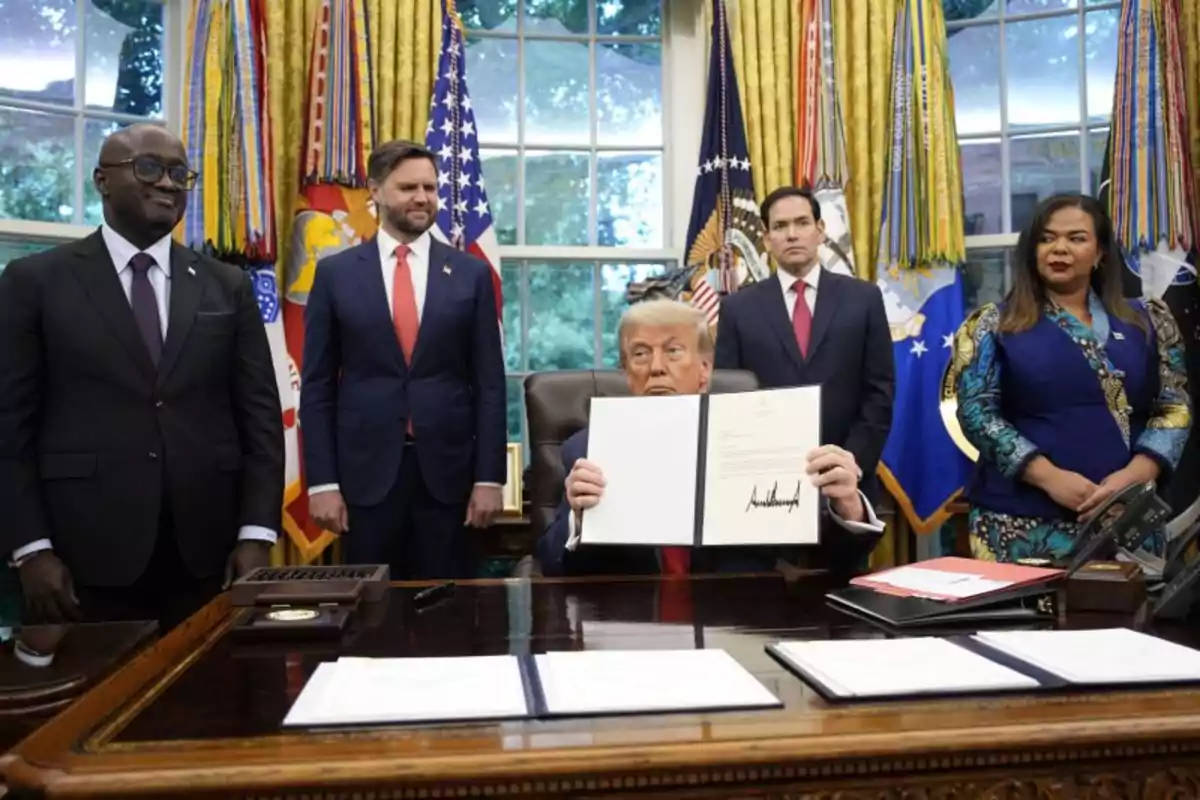
India and Pakistan, a war between two nuclear powers that was avoided.
India and Pakistan signed a ceasefire agreement after an escalation of border tensions, thanks to diplomatic mediation led by the U.S. president.
The agreement, officially announced on May 10, was the result of intense efforts led by Secretary of State Marco Rubio and Vice President J.D. Vance. Both parties, nuclear powers, committed to halt hostilities along the Line of Control in Kashmir and to resume formal diplomatic channels.
Although it doesn't address underlying territorial disputes, the pact represents a significant step forward in stabilizing South Asia. Trump celebrated the agreement as an example of his "peace through strength" approach, highlighting the role of the United States as a key mediator.
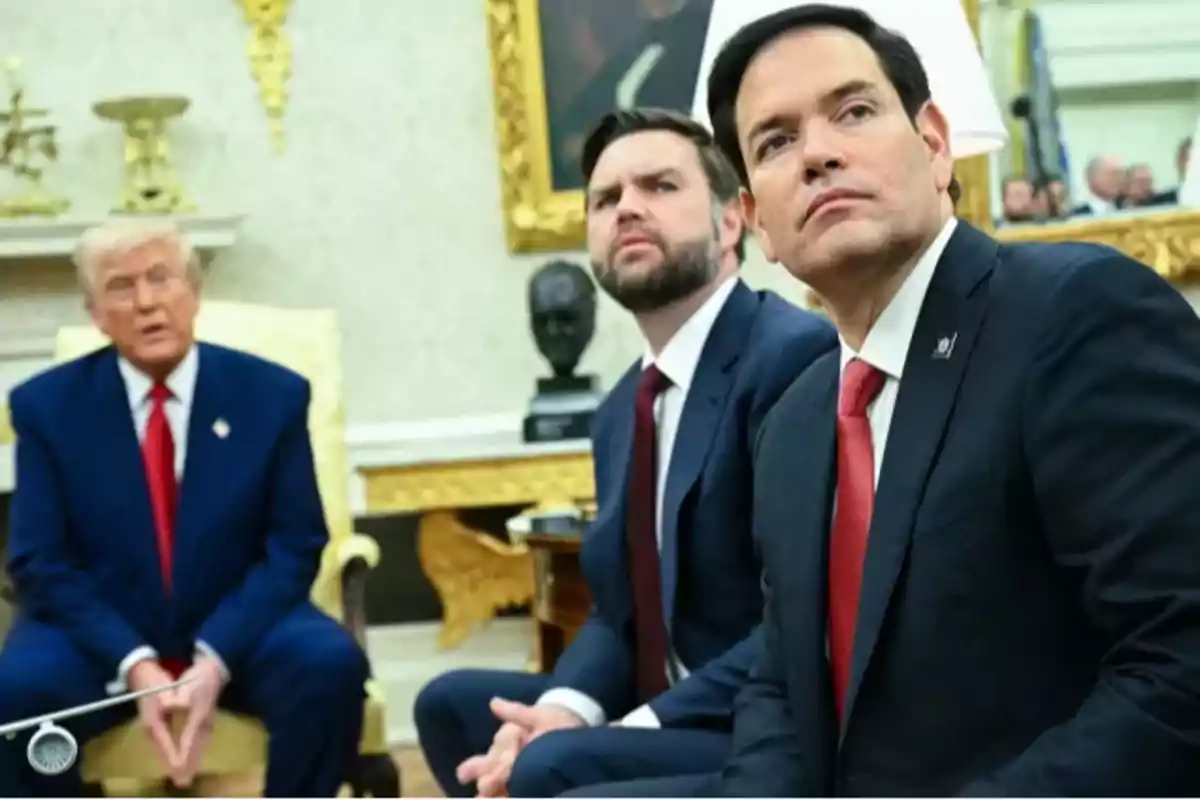
Efforts to end the war between Russia and Ukraine
Trump has promoted several attempts to achieve a cessation of hostilities between Russia and Ukraine, although without a definitive agreement so far. In March, his administration proposed a 30-day truce conditioned on Russian reciprocity, temporarily resuming military and intelligence assistance to Ukraine.
Trump has also pressured Ukraine to forgo joining NATO in exchange for ending the war. This proposal has caused expectations among the populations of both countries, but it has not been well received by Ukrainian President Volodymyr Zelensky, who has rejected any negotiation that "doesn't respect Ukraine's sovereignty."
Trump has achieved enormous diplomatic progress and has convened a summit with Vladimir Putin on August 15 in Alaska, where a new round of negotiations is expected that could put an end to the conflict once and for all.
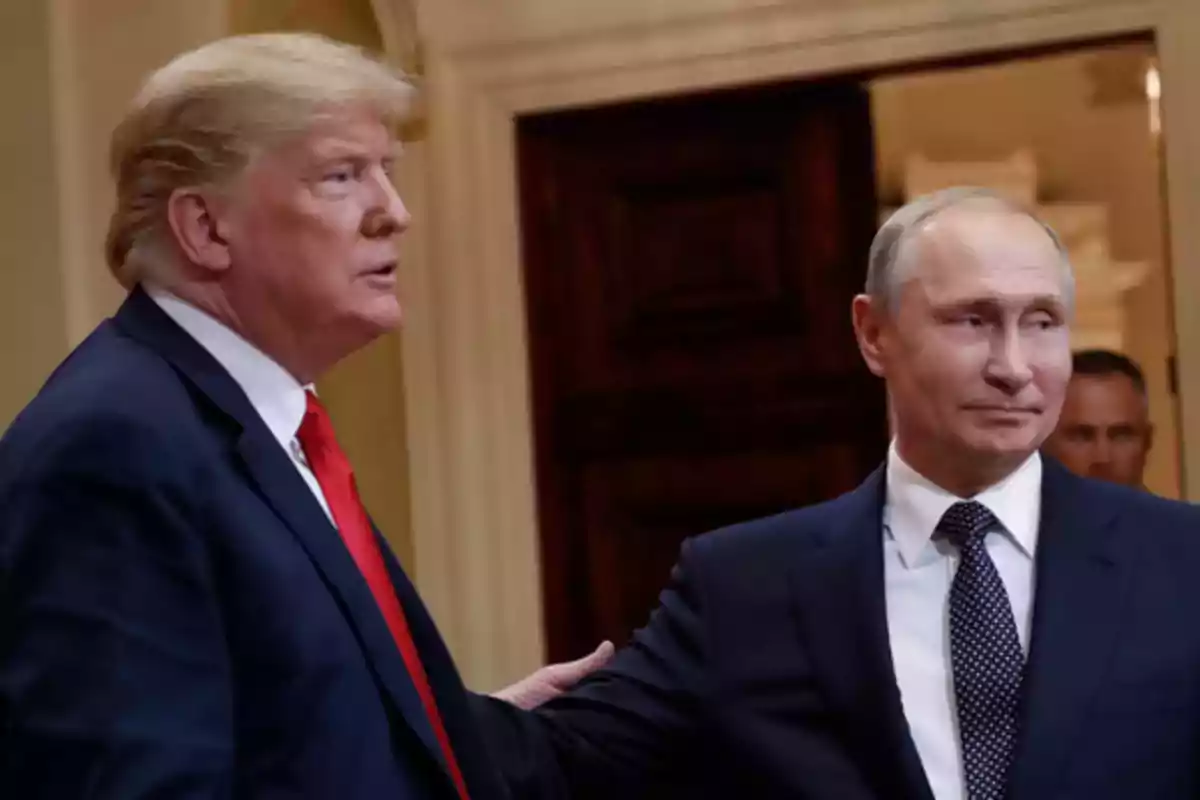
Trump prevented a full-scale war between Iran and Israel.
In June, the head of state managed to negotiate a ceasefire that ended the brief but intense "12-Day War" between Israel and Iran, after a dangerous escalation of air and missile attacks that threatened to unleash a nuclear war in the Middle East.
The confrontation began after an Israeli attack on Islamic regime facilities, followed by an Iranian retaliation against U.S. forces in Qatar. Trump announced the agreement through his social media, detailing a three-phase ceasefire plan: first by Iran, then by Israel 12 hours later, and finally a total suspension of the conflict within 24 hours.
Trump's mediation was key to preventing an open war, as well as preventing it from spreading to a broader scenario that could have triggered a worldwide conflict with disastrous consequences.
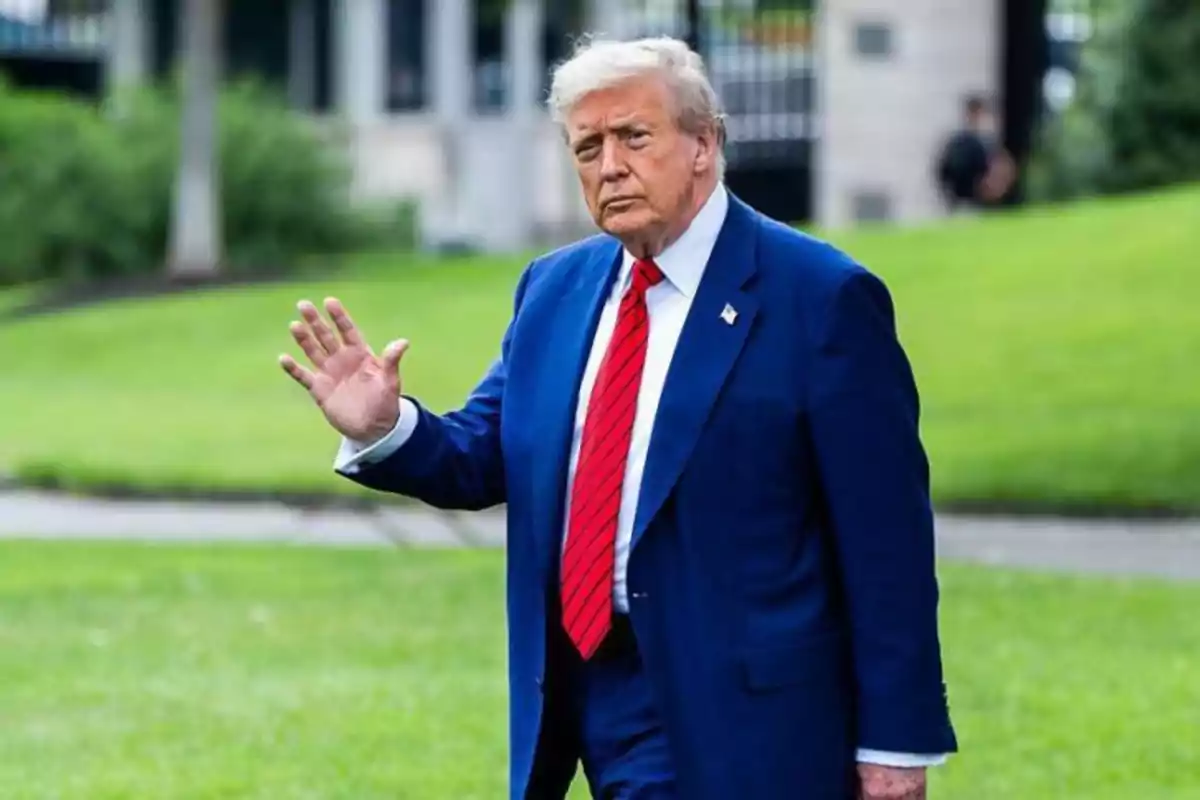
More posts: